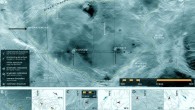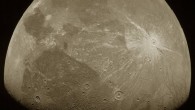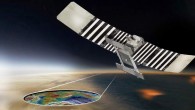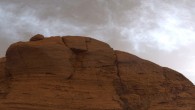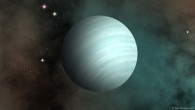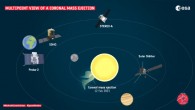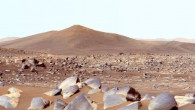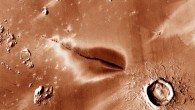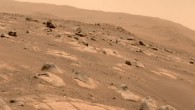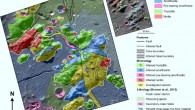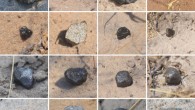The recent suggestion of phosphine gas in the atmosphere of Venus has regenerated interest in the idea of life in clouds; however, such analyses usually neglect the role of water activity, which is a measure of the relative availability of water, in habitability. In a new study in the journal Nature Astronomy, planetary researchers computed the water activity within the clouds of Venus and other solar system planets from observations of temperature...


